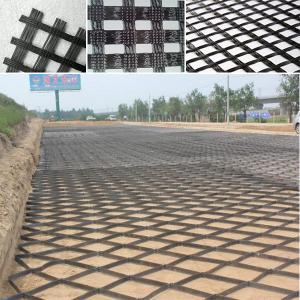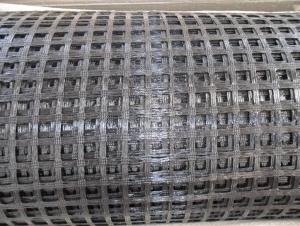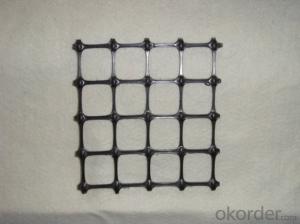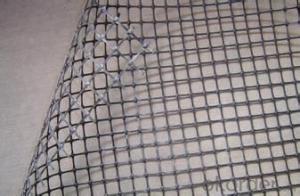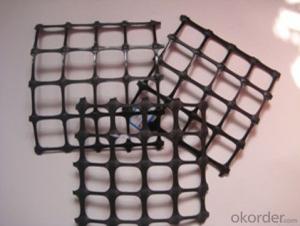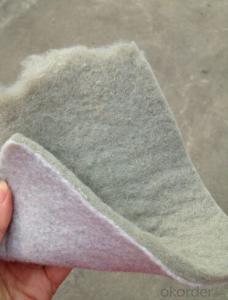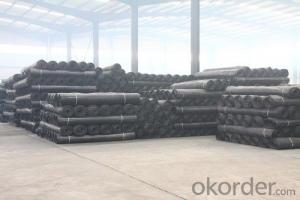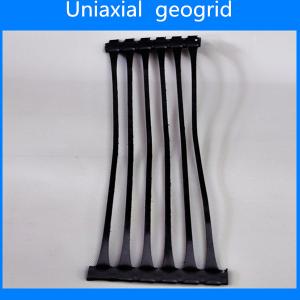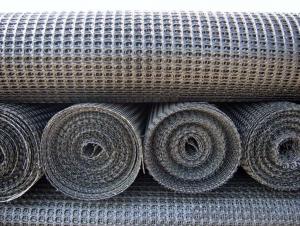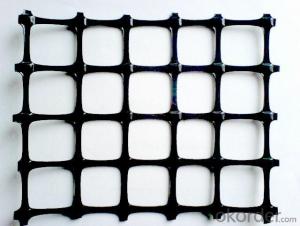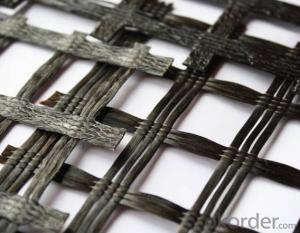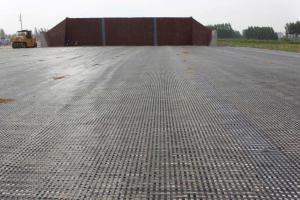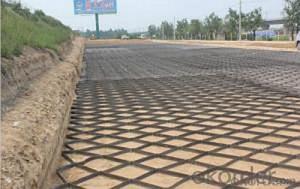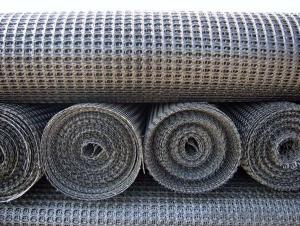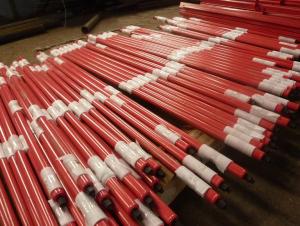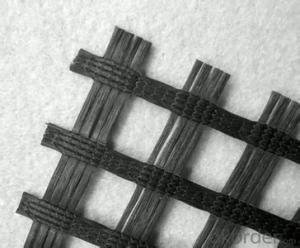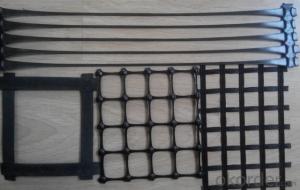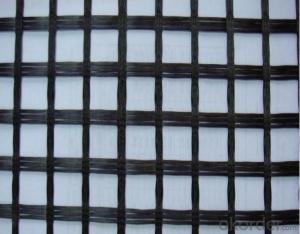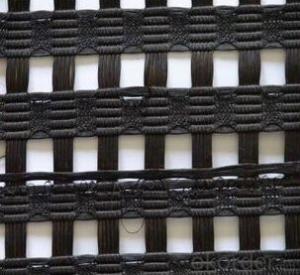Geogrid Slope
Geogrid Slope Related Searches
Geogrid On Slope Geogrid Slope Protection Geogrid Slope Stabilization Geogrid Layer Geogrid Reinforced Slope Geogrid Machine Geogrid For Slopes Slope Reinforcement Geogrid Geogrid Gravel Geogrid Road Geogrid Price Geogrid Strength Geogrid Tbl Gravel Geogrid Geogrid Maps Geogrid Walls Geogrid Prices Geogrid Properties Geogrid Grass Geogrid For Steep Slopes Geogrid Pavement Geogrid Com Geogrid Paving Geogrid Mat Geogrid Energy Geogrid Market Geogrid Road Base Geogrid Placement Geogrid Calculator Geogrid StabilizationGeogrid Slope Supplier & Manufacturer from China
Geogrid Slope is a type of geosynthetic product designed to provide reinforcement and stabilization for various civil engineering applications, such as slope protection, soil reinforcement, and erosion control. This innovative material is made from high-strength polymers and is engineered to enhance the performance of soil structures, making it an essential component in many construction projects.The Geogrid Slope is widely used in various scenarios where soil reinforcement and stabilization are required. It is particularly effective in applications such as road construction, railway embankments, retaining walls, and slope protection. By incorporating Geogrid Slope into these projects, engineers can ensure greater stability, reduced maintenance costs, and extended service life for the infrastructure.
Okorder.com is a leading wholesale supplier of Geogrid Slope, offering a vast inventory of this high-quality product to customers worldwide. With a strong commitment to customer satisfaction, Okorder.com ensures that the Geogrid Slope they provide meets the highest industry standards and is available at competitive prices. This makes them an ideal choice for businesses and contractors seeking a reliable source for this essential geosynthetic material.
Hot Products

